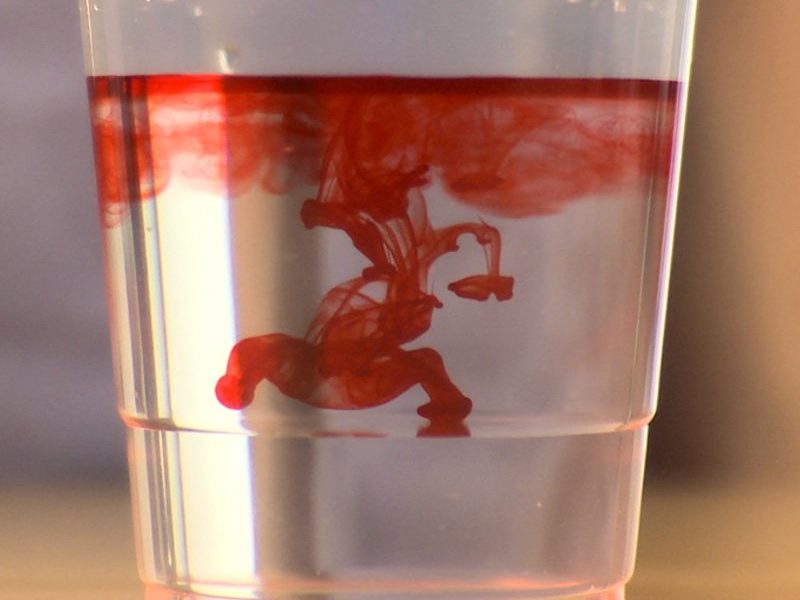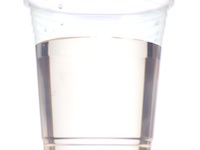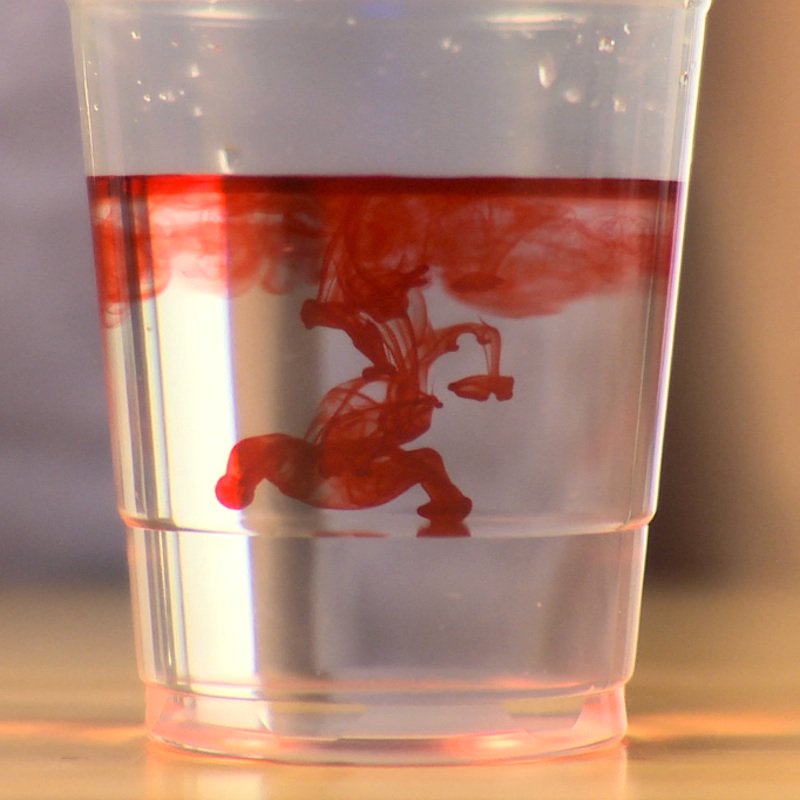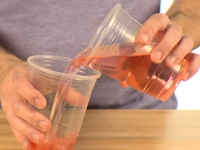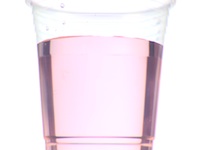Water and bleach: historically, this pair go together pretty well, namely in the world of cleanliness. Bleach is a remarkably caustic base that, when diluted with water, can clean stains from whites and linoleum. However, apart from their similarly clear appearance, water and bleach are very dissimilar. Bleach is very alkaline, but water is a neutral pH. Chemically, that is saying a lot. But what does that have to do with vivid colors?
How Does It Work
Bleach does something that water, very obviously, does not: bleach fades colors. This process is called bleaching, or whitening, and is a result of either oxidizing or reducing. Oxidizing bleaches work by breaking chemical bonds between the molecules of dye. The resulting molecules, after being oxidized, will no longer absorb visible light, resulting in faded colors. Bleach can also fade colors through reducing. Reducing bleach converts double bonds into single bonds. The reducing process results in a molecule that is unable to absorb visible light.
Water is able to “fade” color through dissolution. The amount of color is dissolute throughout a larger volume when added to water. The molecules do not actually fade. Rather, the molecules are just spread out, giving the impression that they have lost color.

